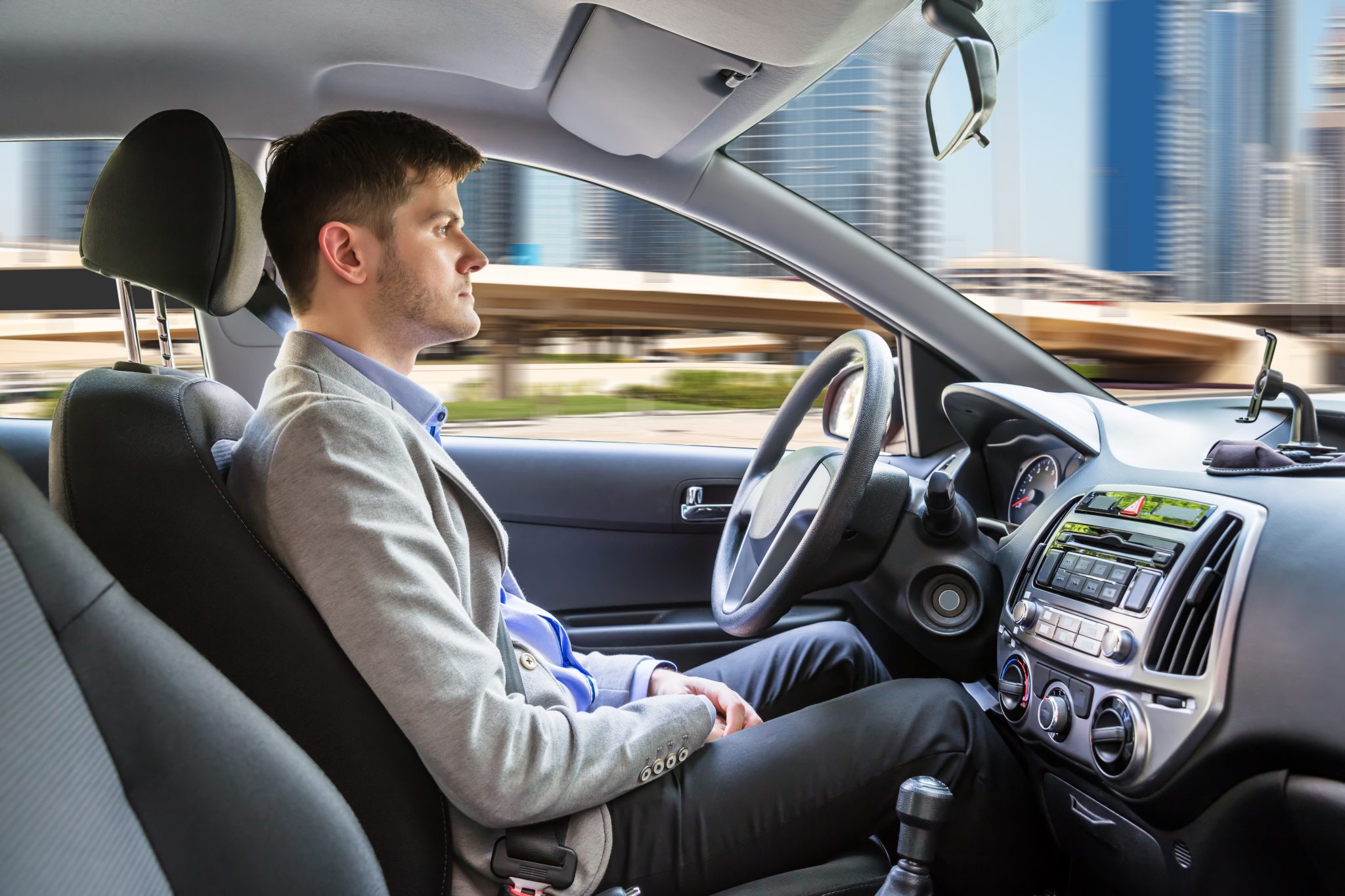Would you allow your car to take control of your commute? This is the question many car buyers are still wrestling with. While, companies like Tesla, Waymo, and even Ford are looking ahead to pushing the boundaries of full autonomous features in vehicles, the public at large still seems to be on the fence. A study by Carinsurance.com, an online insurance comparison and rate quote company, revealed that 80 percent of their 2,000 respondents would not purchase an autonomous car if given the opportunity. A similar sentiment took place during an MIT survey in 2017. Out of 3,000 respondents, 48 percent said they would never buy a self-driving car because they were not comfortable with the lack of control, and felt the vehicles were not safe. Do consumers have something to worry about? Are their feelings valid?
The Annual Autonomous Vehicle Disengagement Report
California implemented a program where manufacturers have the opportunity to test self-driving cars on public roads. The Department of Motor Vehicles in the state recently released their Annual Autonomous Disengagement Report to reveal how many disengagements the various vehicles experienced during test runs. According to the Department of Motor Vehicles, a disengagement is defined as when a failure of the autonomous technology occurred or if the test driver felt the need to disengage the autonomous mode and manually take over for the safe operation of the car.
GM, Mercedes, and Nissan Reveal Progress
This year, nineteen manufacturers were included in the report. Recognizable brands such as BMW, Ford, Honda, and Volkswagen did not test any vehicles in 2017 on California’s public roads. General Motor’s Chevy Cruise drove over 130,000 miles on the public streets of San Francisco with 105 disengagements. GM recorded that most disengagements were attributed to precautionary takeovers to address planning or controls. Mercedes-Benz tested three autonomous vehicles on California roads last year, and in total all three drove over 1,000 miles. There were 240 manual and 602 automatic disengagements. Nissan tested five cars including three versions of the Leaf. The manufacturer reported the vehicles rode a combined 5,007 miles with 24 disengagements in the year. Two of the most common issues cited for the separations was a software crash or GPS signal issue.
Small Autonomous Automakers Show Promise
Waymo, formerly the Google self-driving car project, drove over 350,000 miles last year and experienced only 63 disengagements. The top two reasons cited were unwanted maneuvering of the vehicle and perception discrepancy. Artificial intelligence company, NVIDIA, had two vehicles drive a combined 505 miles with 109 disengagements. Tesla, a company that has almost become the face of autonomous cars, did not test any vehicles under California law. Instead, the company cited how they gather autonomous vehicle data from customer-owned cars in shadow-mode during normal operation.
There is Still Cause for Concern
This report is groundbreaking in that it allows the public a detailed glimpse into real performance data of autonomous vehicles. Even though not included in some reports, many manufacturers did detail the reason for each disengagement. Most automakers seemed to have more successes than failures, but is the public comfortable with seeing a “software crash” or “precautionary takeover” as reasons for manual takeovers?
A 2017 AutoTrader Car Tech Impact Study gave some additional insight into how drivers feel about autonomous vehicle technologies. Niche autonomous features were cited as having low awareness and appeared polarizing to respondents. Forty-eight percent of respondents were uninterested in full autonomous technology. Unfortunately, car companies have a bit of a perception problem when it comes to self-driving cars. While it is normal to experience failures and hiccups during experiments, consumers seem to be on edge with the safety factor of autonomous vehicles. Will the natural experimentation phase of these automobiles throw car buyers off? Only time will tell as manufacturers push forward on their quest to produce a fully autonomous vehicle.








